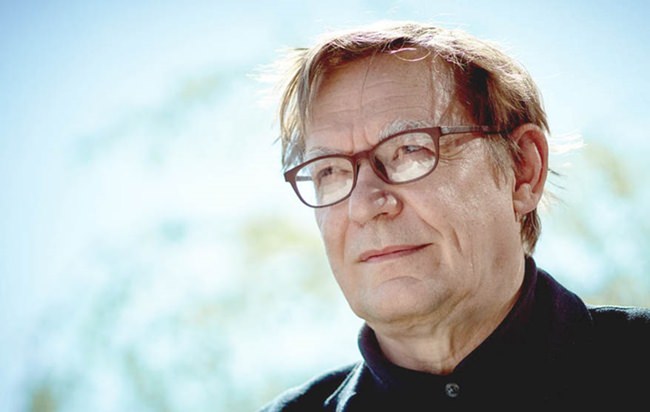
Many thousands of years ago, when the world was a much younger place and even before the first human languages had emerged, someone probably banged two stones together and found that the sound was pleasing. Or perhaps it was two sticks. We’ll never know, but it was the earliest beginnings of what we now call percussion instruments, claimed to be the oldest family of musical instruments in the world.
The raw elemental power of drums, bells and cymbals has ceremonial, sacred, or symbolic associations for many societies. The first drum appeared after someone decided to place a dried animal hide over a frame and then pull it tight so that it vibrated when struck. Perhaps it was invented by accident. They’ve been around since 6000 BC and were sometimes used for signaling. In Medieval and Renaissance Europe drums were often associated with military music. Some types of drum were used in the infantry to send coded instructions to the soldiers.
During the early years of the seventeenth century, the German composer and theorist Michael Praetorius published his magisterial Syntagma Musicum which among other things described the musical instruments of the day. The book includes pictures of many percussion instruments including the triangle, bells, hand-held drums and large kettle drums. However, at the time percussion instruments were largely confined to dance music.
Percussion instruments were slow to enter the developing orchestra of the eighteenth century. The timpani were the first, usually in the form of a pair of tuned drums to reinforce the sound at climatic moments. Haydn’s Symphony No 100 dates from the 1790s and unusually uses triangle, cymbals and bass drum, reflecting the current vogue for Turkish music. Not surprisingly, the symphony earned the nickname The Military. By the end of the nineteenth century, most orchestral works included parts not only for timpani, but also for snare drum, triangle, tambourine, bass drum or cymbals.
The twentieth century saw the rise of orchestral percussion as never before and composers frequently called for a massive battery of instruments as well as a high level of skill to play them, creating the climate for the Concerto for Percussion.
Incidentally, percussion instruments are usually classified roughly into two groups: tuned and untuned. Tuned percussion includes instruments that can literally play a tune, such as the xylophone, the glockenspiel, the marimba, vibraphone or the tubular bells. Untuned percussion includes almost everything else.
Joseph Schwantner is a prolific American composer and academic who draws on many different musical traditions such as impressionism, jazz, serialism, African drumming and minimalism. The Concerto for Percussion dates from 1994 and was commissioned by the New York Philharmonic. The soloist uses two groups of percussion, one placed behind the orchestra and used during the first and third movements and another group placed in front of the orchestra for the second. Not only that, but there’s also orchestral percussion and timpani along with piano and harp.
The work relies very much on repetitive minimalist approaches with contrasting timbres and textures and uses a wide variety of percussion instruments and playing techniques.
There’s a large sign in South Pattaya advertising something-or-other which reads “prepare to be amazed.” I am not sure how one prepares for amazement, but if you happen to know the secret, prepare to be amazed at this dazzling work. It’s by someone who’s been described as Finland’s “most significant living symphonic composer”. Kalevi Aho is hugely productive and draws on a wide range of musical genres to create his own soundscapes. He is known especially for his large scale works which include seventeen symphonies, thirty concertos, five operas and a great deal of chamber music.
This concerto dates from 2010 and uses a wide range of percussion instruments and unusual playing techniques. Watch out for the appearance of a vibraphone (at 14:30), a large xylophone-like instrument with aluminium bars and motor-driven rotating disks at the top end of its resonator tubes, producing a tremolo effect. The concerto is performed by the Austrian percussionist Martin Grubinger who provides a virtuosic display which is nothing short of thrilling. It’s an incredible feat of musical memory too.
Towards the end of the concerto the thunderous sounds begin to die away and the work ends in almost total silence with the sound of a rain-stick, a South American folk instrument made from a cactus. When held upright, it creates the sound of gently falling water.
 |
 |
 |





